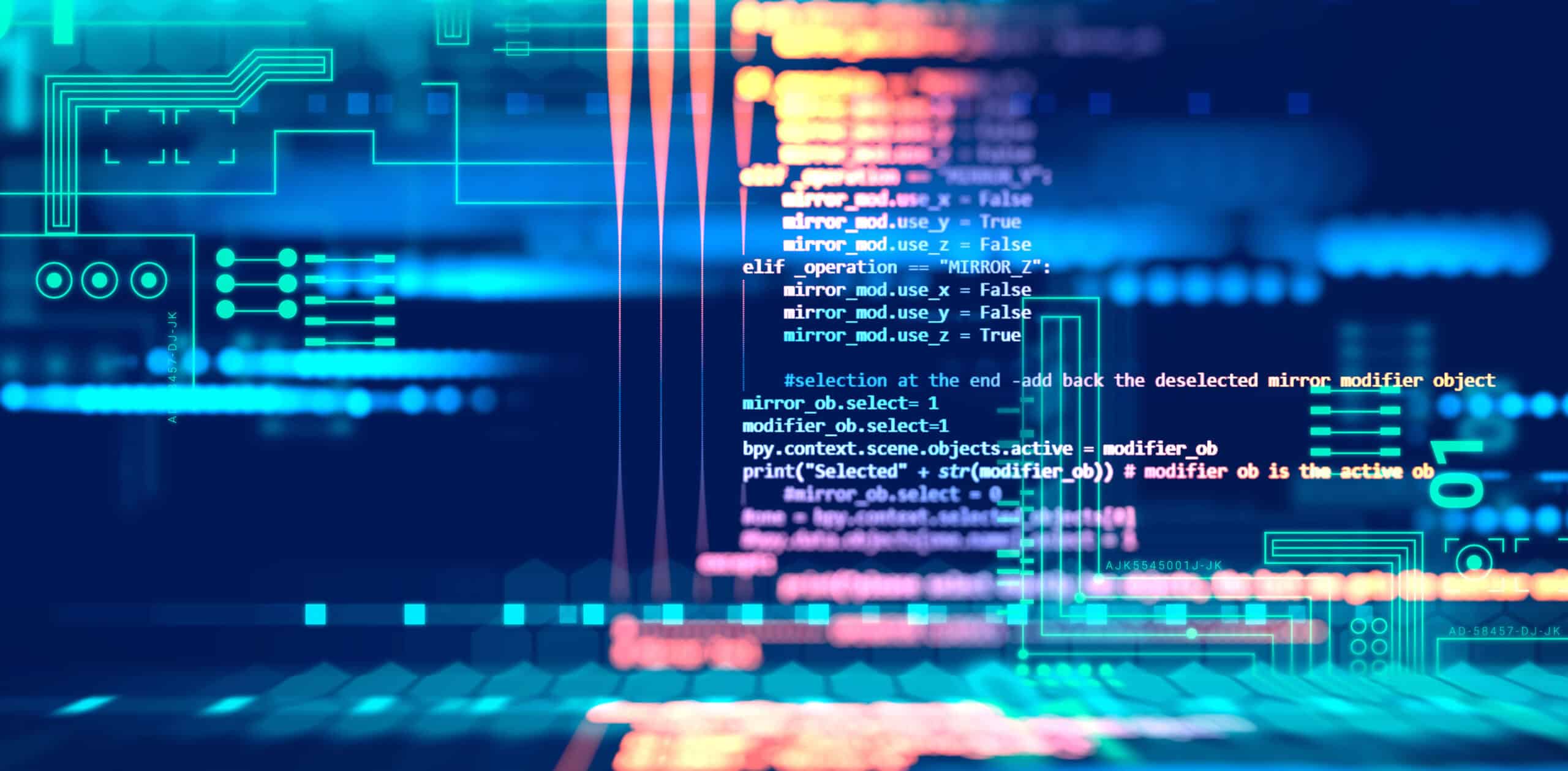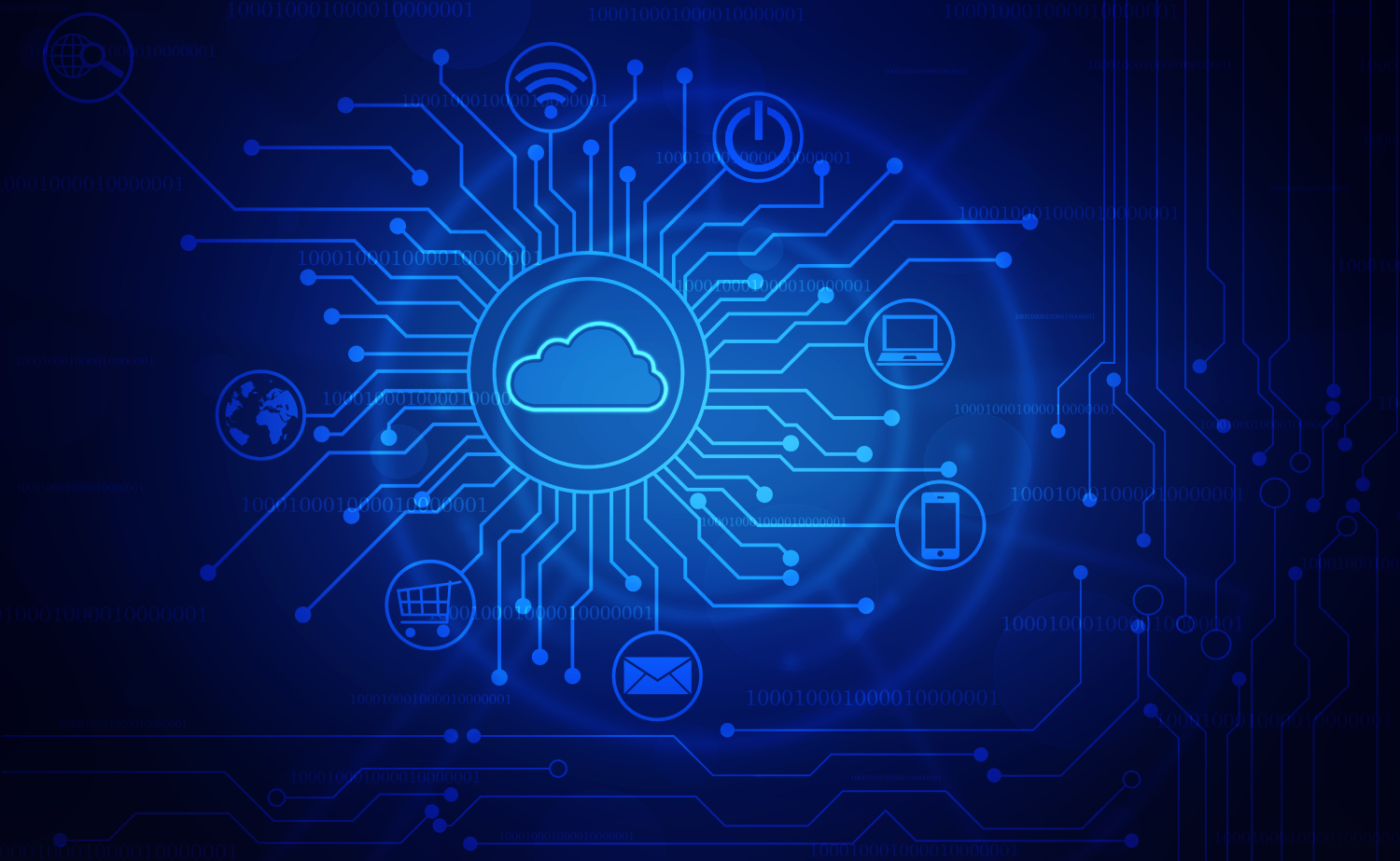While the world is struggling to get a grip over one of the most advanced pandemics, cyberattackers aren’t going anywhere. Check out some of the biggest hacks and data breaches of 2020 so far:
Microsoft
In January, Microsoft discloses security breach of customer support database, contained in roughly 250 million entries.
US cannabis users
In the same month, researchers found a leaky AWS bucket exposed online that contained the personally identifiable information of 30,000 individuals linked to the medical and recreational marijuana.
Estée Lauder
In February, Estée Lauder exposed 440 million internal records in a security breach. The hacked database contained 440,336,852 records including internal company emails.
T-Mobile
In March, T-Mobile revealed a security incident in which cyber attackers were able to successfully infiltrate the firm’s email services, leading to the compromise of T-Mobile customer and employee information.
Marriott
A total of 5.2 million hotel guests were impacted by a data breach in March.
Nintendo
Japanese gaming company Nintendo confirmed today that hackers gained unauthorized access to around 160,000 user accounts since the start of the month.
easyJet
On May 19, budget airline EasyJet said that information belonging to nine million customers may have been exposed, including over 2,200 credit card records, following a cyberattack. EasyJet is now facing an £18 billion class-action lawsuit due to the incident.
For more information take a look at ZDNet new article. Also, you can visit our blog for the latest news and insights on cybersecurity:
Two significant zero-day vulnerabilities for iOS users
Two zero-day vulnerabilities were found by ZecOps startup enabling successful remote attacks on iOS users with devices running iOS 6 or above. For more information check this article.
Phishing – The story about the Phish, the Whale and the Spear
Phishing, spear phishing, and whaling attacks share many similarities – all involve using impersonation to elicit information or money from a given target. However, there are a few differences, find them here.
Non-Malware or Fileless Attack, In A Nutshell
Non-Malware or Fileless Attack can destabilize your organization’s network using existing applications, protocols or software to gain access into your network. Find out what is fileless attack and how do you protect against it.
Protection Against COVID-19 Malicious Campaigns and Malware
Adversaries are targeting individuals across all the industries with treacherous campaigns and attack categories. Some of the most common campaigns include these.
Stay Safe with TrustNet!




